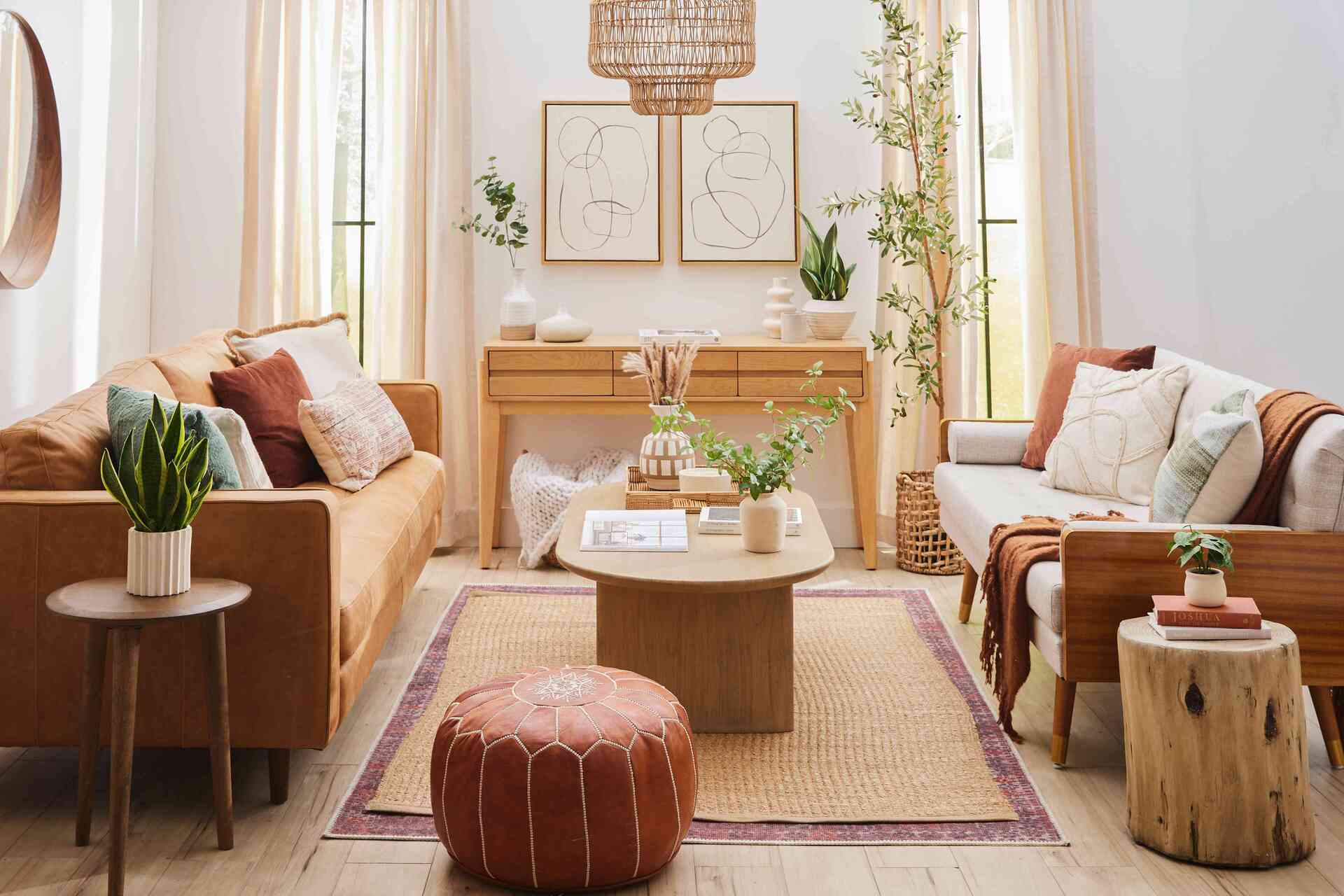

Articles
How To Layout Your Living Room
Modified: January 7, 2024
Discover the best articles on how to layout your living room. Get expert tips and ideas to maximize space and create a stylish and functional space.
(Many of the links in this article redirect to a specific reviewed product. Your purchase of these products through affiliate links helps to generate commission for Storables.com, at no extra cost. Learn more)
Introduction
Welcome to the ultimate guide on how to layout your living room! Your living room is one of the most important spaces in your home, where you relax, entertain guests, and spend quality time with your family. A well-designed living room can enhance the overall aesthetic and functionality of your space, creating an inviting and comfortable atmosphere.
In this comprehensive guide, we will take you through each step of the process, helping you transform your living room into a stylish and functional space. From assessing your space and determining your needs, to arranging furniture and selecting finishing touches, we will cover it all.
But before we dive into the details, it’s important to remember that every living room is unique and should reflect your personal style and preferences. While general guidelines can be helpful, don’t be afraid to think outside the box and embrace your creativity to create a space that truly reflects who you are.
So, whether you’re starting from scratch with a blank canvas or looking to give your living room a fresh new look, let’s get started on designing the living room of your dreams!
Key Takeaways:
- Designing a living room involves assessing space, determining needs, choosing a focal point, arranging furniture, creating conversation areas, maximizing storage, selecting lighting, and adding finishing touches to reflect personal style and functionality.
- Embrace creativity and personal style when designing a living room. Consider natural light, traffic flow, and furniture scale. Create conversation areas, maximize storage, and add finishing touches for a harmonious and inviting space.
Read more: How To Stage Your Living Room
Assessing Your Space
The first step in designing your living room layout is to assess your space. Take measurements of the room, noting the dimensions of the walls, windows, and doors. This will help you understand the limitations and possibilities of your space.
Consider the shape of the room. Is it square, rectangular, or have unique architectural features? Understanding the shape will help determine how you arrange furniture and create flow within the space.
Next, take note of any focal points in the room. This could be a fireplace, a large window with a beautiful view, or a stunning feature wall. These focal points will guide your furniture placement and set the tone for the overall design.
Don’t forget to consider the amount of natural light that enters the room. Natural light can greatly impact the ambiance of your space. Take note of windows and their orientation to optimize natural light throughout the day.
Lastly, take into account any existing architectural elements or design features that you want to highlight or work around. This could be exposed beams, alcoves, or built-in shelving. Incorporating these elements into your design will add character and uniqueness to your living room.
By carefully assessing your space, you’ll have a clear understanding of its limitations and potential, allowing you to make informed decisions when it comes to furniture placement and overall layout.
Determining Your Needs and Wants
Once you have assessed your space, it’s time to determine your needs and wants for your living room. Consider how you and your family will use the space on a daily basis. Are you looking for a cozy area to relax and watch movies? Or do you need a multifunctional space that can accommodate both social gatherings and quiet reading time?
Make a list of activities that will take place in the living room. This could include watching TV, hosting game nights, working on a laptop, or simply lounging and reading. Understanding your specific needs will guide your furniture choices and help create functional zones within the room.
Take into account the number of people that will typically use the space. If you frequently entertain guests, you may need additional seating options such as a sectional sofa or accent chairs. If you have young children or pets, consider durable and stain-resistant fabrics that can withstand everyday wear and tear.
Consider your storage needs. Do you require space for books, media equipment, or displaying personal collections? Evaluate the amount of storage currently available in your living room and determine if additional storage solutions will be necessary.
In terms of aesthetics, think about your personal style and the atmosphere you want to create in your living room. Are you drawn to a more minimalist and contemporary look, or do you prefer a cozy and eclectic style? Understanding your preferences will help guide your choices of colors, materials, and furniture styles.
By taking the time to determine your needs and wants, you can create a living room that not only looks beautiful but also functions seamlessly for you and your family.
Choosing a Focal Point
A focal point is a key element in your living room that draws attention and anchors the space. It serves as a visual centerpiece and sets the tone for the overall design. Choosing the right focal point can elevate the aesthetic appeal of your living room.
One of the most common focal points in a living room is a fireplace. Whether it’s a traditional wood-burning fireplace or a modern electric one, a fireplace instantly adds warmth and charm to the space. Arrange your furniture around the fireplace to create a cozy seating area that encourages conversation and relaxation.
If your living room doesn’t have a fireplace, don’t worry. There are plenty of other options for creating a focal point. Consider a large window with a picturesque view. Place seating near the window to take advantage of the natural light and beautiful scenery.
Artwork can also serve as a focal point in your living room. Choose a bold and eye-catching piece that speaks to your style and personality. Hang the artwork on a prominent wall and arrange furniture around it to create a gallery-like setting.
Incorporate architectural elements into your design. If you have exposed brick walls, a statement wall with textured wallpaper, or unique architectural details, highlight these features as your focal point. They add character and visual interest to the space.
If you have a large, open space, you can create multiple focal points. For example, have a media console with a large TV as one focal point and a bookshelf with a collection of books and decorative items as another focal point. This creates visual variety and keeps the room engaging.
The key to choosing a focal point is to select something that captures attention and reflects your personal style. It should be a reflection of your interests and create a sense of harmony within the room. Once you have chosen a focal point, it will serve as a guide for arranging furniture and decorating the rest of the space.
Arranging Furniture
Once you have determined your focal point, it’s time to arrange your furniture in a way that maximizes both comfort and functionality.
Start by considering the traffic flow in your living room. Ensure that there is enough space for easy movement between furniture pieces and that the pathways are clear. Avoid blocking doorways or walkways with furniture.
The most common arrangement for seating in a living room is to create a conversation area. This typically involves placing sofas and chairs facing each other, with a coffee table or ottoman in the center. This setup encourages interaction and makes it easier for people to engage in conversation.
If you have a TV in your living room and want to create a dedicated entertainment zone, position the seating towards the TV. Consider the viewing angles and ensure that everyone has a comfortable view of the screen. You can use a media console or wall-mount the TV to save floor space.
Don’t be afraid to experiment with different furniture layouts. Sometimes placing the sofa against a wall can open up more space in the room or create a cozy nook. Alternatively, floating furniture away from walls can create a more dynamic and intimate seating arrangement.
If your living room is small, consider using multipurpose furniture to maximize space. Look for ottomans or coffee tables with hidden storage compartments, or choose a sofa that can pull out into a sleeper bed for guests.
Remember to balance the furniture in the room. Avoid placing all the large pieces on one side and leaving the other side empty. Distribute the weight evenly, and create a sense of symmetry or balance in the arrangement.
Finally, consider the scale of your furniture. Ensure that the size of your furniture is proportionate to the size of the room. Oversized furniture can make a small room feel cramped, while tiny furniture can get lost in a large space. Take measurements and choose furniture that fits the scale of your room.
By arranging your furniture thoughtfully, you can create a comfortable and functional living room layout that suits your lifestyle and maximizes the use of your space.
When arranging your living room, consider the flow of traffic and create designated areas for different activities such as conversation, TV viewing, and reading. This will help maximize the space and create a functional layout.
Read more: How To Declutter Your Living Room
Creating Conversation Areas
Conversation areas are essential for fostering interaction and creating a warm and inviting atmosphere in your living room. These designated seating areas encourage conversation and provide a comfortable space for socializing with family and friends.
Start by arranging your furniture in a way that promotes face-to-face interaction. Place chairs and sofas facing each other to encourage conversation. If you have a focal point, such as a fireplace or a TV, position the seating around it to create a cozy gathering spot.
If your living room is spacious, you can create multiple conversation areas. This allows for smaller, intimate groupings and provides ample seating options for different activities or conversations. For example, you can have a cozy corner with two armchairs and a side table for reading or intimate conversations, while another area can have a larger sectional sofa for group gatherings.
Consider the arrangement of side tables and coffee tables within the conversation areas. These surfaces provide a place to set down drinks, snacks, and other items, making it convenient for guests. Ensure that each seating area has easy access to a table within reach.
Lighting is also important in creating a welcoming conversation area. Use a combination of ambient, task, and accent lighting to set the mood and create a cozy ambiance. Floor lamps, table lamps, and dimmer switches allow for flexibility in adjusting the lighting levels based on the occasion or time of day.
Don’t forget to consider the flow of the room and how people will move between conversation areas. Ensure there is enough space for people to navigate comfortably and that the flow is natural and intuitive.
Lastly, add personal touches and decorative elements to each conversation area to make them visually appealing and inviting. Throw pillows, blankets, and decorative accessories can add texture, color, and style to the seating arrangement.
By creating well-defined conversation areas, you can encourage interaction and create a welcoming and comfortable atmosphere in your living room, making it the perfect space for socializing and enjoying time with loved ones.
Maximizing Storage
Storage is key when it comes to designing a functional living room. It helps to keep the space organized and clutter-free, while also providing a place to store items you want to keep handy or display.
Start by assessing your storage needs. Consider the items you want to store in your living room, such as books, magazines, media equipment, board games, or decorative items. This will help you determine the type and amount of storage solutions required.
Utilize vertical space by incorporating tall bookshelves or wall-mounted shelves. These not only provide ample storage but also serve as a decorative element in the room. Display books, photo frames, and decorative items to add personality and style.
Invest in furniture with built-in storage. Look for sofas or ottomans with hidden compartments or coffee tables with drawers or shelves. These pieces are not only functional but also help to declutter the space by providing a place to store items out of sight.
Consider using storage baskets or bins to group similar items and add a touch of organization to open shelves or bookcases. This will not only keep things tidy but also make it easier to find what you need.
Make use of empty wall space by installing floating shelves. These can be used to display artwork, photos, or decorative accessories while also providing a place to store small items such as keys or remote controls.
Another clever storage solution is to maximize the space underneath furniture. Use decorative storage boxes or bins to store items such as blankets, pillows, or toys. This not only adds functionality but also helps to keep your living room looking neat and tidy.
If space allows, consider incorporating a media console or TV stand with built-in storage. This will keep your media equipment, DVDs, and cables neatly organized and easily accessible.
Finally, don’t neglect the storage potential in your walls. Install wall-mounted cabinets or shelving units to increase storage space without taking up valuable floor space. These can be used to store items you don’t use every day.
By incorporating smart storage solutions into your living room design, you can keep your space organized and clutter-free while adding style and functionality. Maximize storage potential and enjoy a clean and organized living room.
Selecting Lighting
Lighting plays a crucial role in setting the mood and enhancing the functionality of your living room. It creates atmosphere, highlights focal points, and provides task lighting for specific activities. When selecting lighting for your living room, consider a combination of ambient, task, and accent lighting to achieve a well-balanced and inviting space.
Start by assessing the natural light sources in your living room. Take advantage of windows and maximize natural light during the day by keeping curtains or blinds open. Natural light creates an open and airy feel, making the space more welcoming.
Ambient lighting, also known as general lighting, provides overall illumination to the room. This can be achieved through ceiling lights, such as chandeliers or pendant lights, or through recessed lights that distribute light evenly throughout the space. Consider the size and height of your living room when choosing ambient lighting fixtures.
Task lighting is essential for specific activities such as reading, working on a laptop, or playing board games. Floor lamps, table lamps, or desk lamps are ideal for providing focused lighting for these activities. Place task lighting near seating areas or workspaces to ensure proper lighting without straining the eyes.
Accent lighting adds depth and visual interest to your living room. It highlights specific elements such as artwork, architectural features, or decorative objects. Use adjustable spotlights or wall sconces to direct the light exactly where you want it. This can create a dramatic effect and draw attention to the focal points in the room.
Consider using dimmer switches for your lighting fixtures. This allows you to adjust the intensity of the light based on the mood or time of day. Dimming the lights can create a cozy and intimate ambiance for relaxation or entertaining.
Also, consider the color temperature of the light bulbs you use. Warm white or soft white bulbs (around 2700-3000 Kelvin) create a cozy and inviting atmosphere, while cool white bulbs (around 3500-4000 Kelvin) provide a brighter, more energizing light. Choose the color temperature that aligns with the mood you want to create in your living room.
Lastly, don’t forget to add lighting controls like switches or smart home technology to easily control the lighting in your living room. This allows you to customize the lighting based on your needs and preferences.
By carefully selecting and combining different types of lighting, you can create a well-lit living room that sets the right mood, enhances functionality, and adds a touch of style to your space.
Adding Finishing Touches
Adding the right finishing touches to your living room can elevate the overall aesthetic and make it feel truly complete. These small details and decorative elements bring personality, warmth, and style to your space.
One of the simplest and most effective ways to add finishing touches is through the use of accessories. Decorative pillows, throws, and area rugs can add texture, color, and coziness to your seating area. Choose patterns and materials that complement your overall design scheme.
When it comes to wall decor, consider hanging artwork, mirrors, or decorative shelves. Artwork can be a reflection of your personal taste and add visual interest to the room. Mirrors not only serve a functional purpose but also help to reflect light and make the room appear larger. Decorative shelves can be used to display cherished objects, plants, or books.
Add greenery and plants to bring a touch of nature into your living room. Indoor plants not only purify the air but also add life and vitality to the space. Choose plants that thrive in indoor conditions and fit the scale of your room.
Personalize your living room by showcasing sentimental items or collections. Display family photos in beautiful frames or showcase treasured mementos on shelves or mantels. These personal touches make your living room feel uniquely yours.
Consider the details in your lighting fixtures. Choose lampshades or pendant light fixtures that add a unique and stylish element to your space. Light fixtures with interesting shapes, colors, or materials can become a focal point and enhance the overall design.
Don’t forget the power of scent. Use candles, diffusers, or air fresheners to bring a pleasant fragrance to your living room. Opt for scents that create a relaxing and cozy atmosphere, such as lavender or vanilla.
Lastly, ensure that your living room is organized and clutter-free. Use baskets, trays, or decorative storage boxes to corral small items and keep them out of sight. A clean and tidy space allows the finishing touches to shine and creates a sense of calm and serenity.
By adding these finishing touches, you can inject your personal style and create a living room that is inviting, visually appealing, and reflective of who you are.
Conclusion
Designing and laying out your living room is an exciting process that allows you to create a space that reflects your personal style and meets your functional needs. By following the steps outlined in this guide, you can transform your living room into a harmonious, inviting, and stylish space.
Start by assessing your space, taking measurements, and identifying any architectural features or focal points that can guide your design. Determine your specific needs and wants for the room, considering how you will use the space on a daily basis.
Choose a focal point that captures attention and sets the tone for the room. This could be a fireplace, a large window, or a piece of artwork. Arrange your furniture in a way that promotes conversation and functionality, creating comfortable seating areas that encourage interaction.
Maximize storage in your living room by utilizing vertical space, incorporating furniture with built-in storage, and using decorative storage solutions. Select lighting that combines ambient, task, and accent lighting to create the desired mood and enhance functionality.
Add the finishing touches that personalize your living room and make it feel complete. Decorative accessories, wall decor, plants, and personal mementos can bring character and warmth to the space. Keep your living room organized and clutter-free to allow these finishing touches to shine.
Remember, while this guide provides general guidelines, it’s important to embrace your own creativity and style. Your living room should be a reflection of your personality and preferences, so don’t be afraid to experiment and make the space uniquely yours.
With careful planning, attention to detail, and a touch of creativity, you can create a living room that is not only beautiful and functional but also a place where you can relax, entertain, and create lasting memories with your loved ones.
Frequently Asked Questions about How To Layout Your Living Room
Was this page helpful?
At Storables.com, we guarantee accurate and reliable information. Our content, validated by Expert Board Contributors, is crafted following stringent Editorial Policies. We're committed to providing you with well-researched, expert-backed insights for all your informational needs.
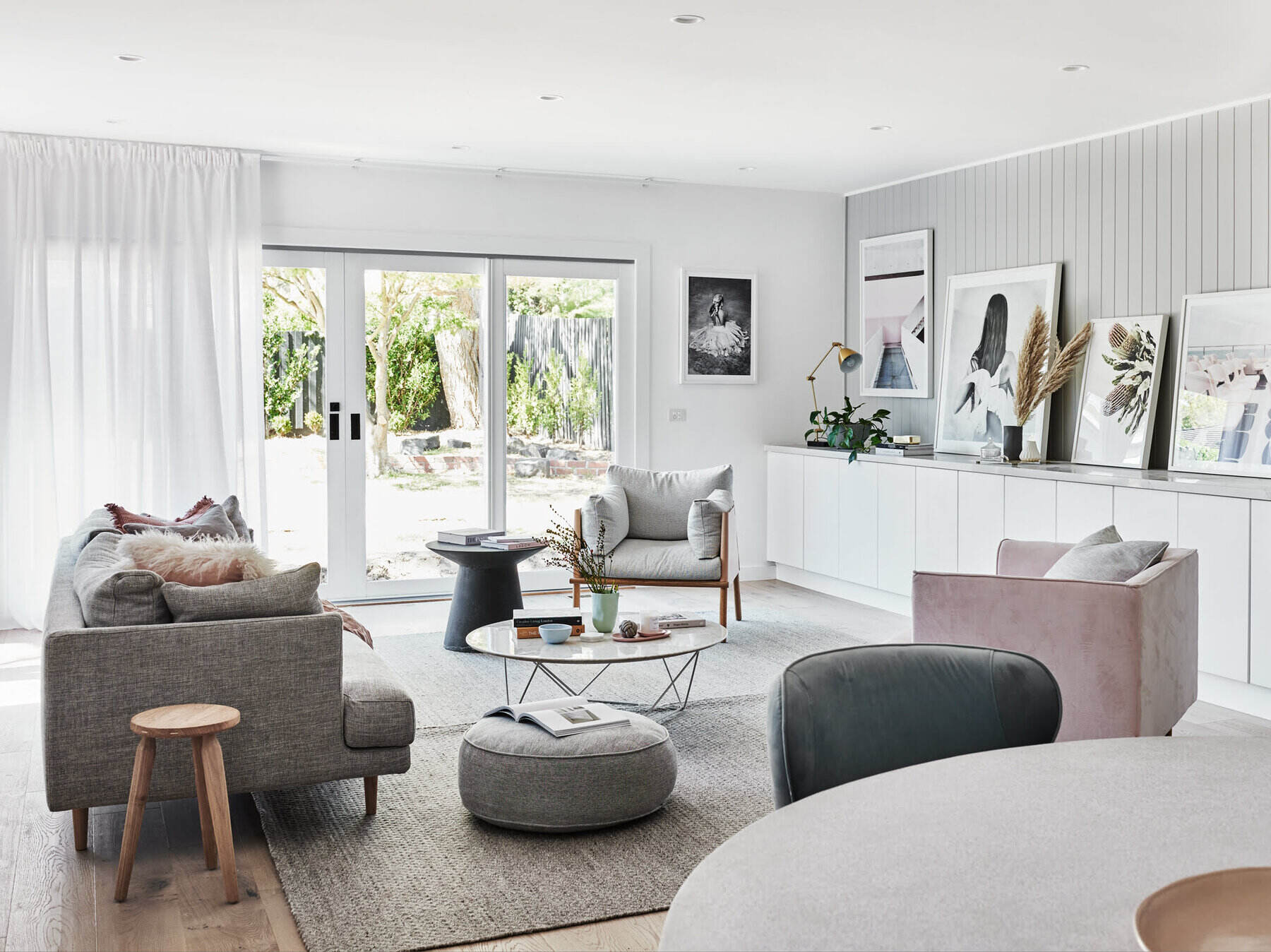
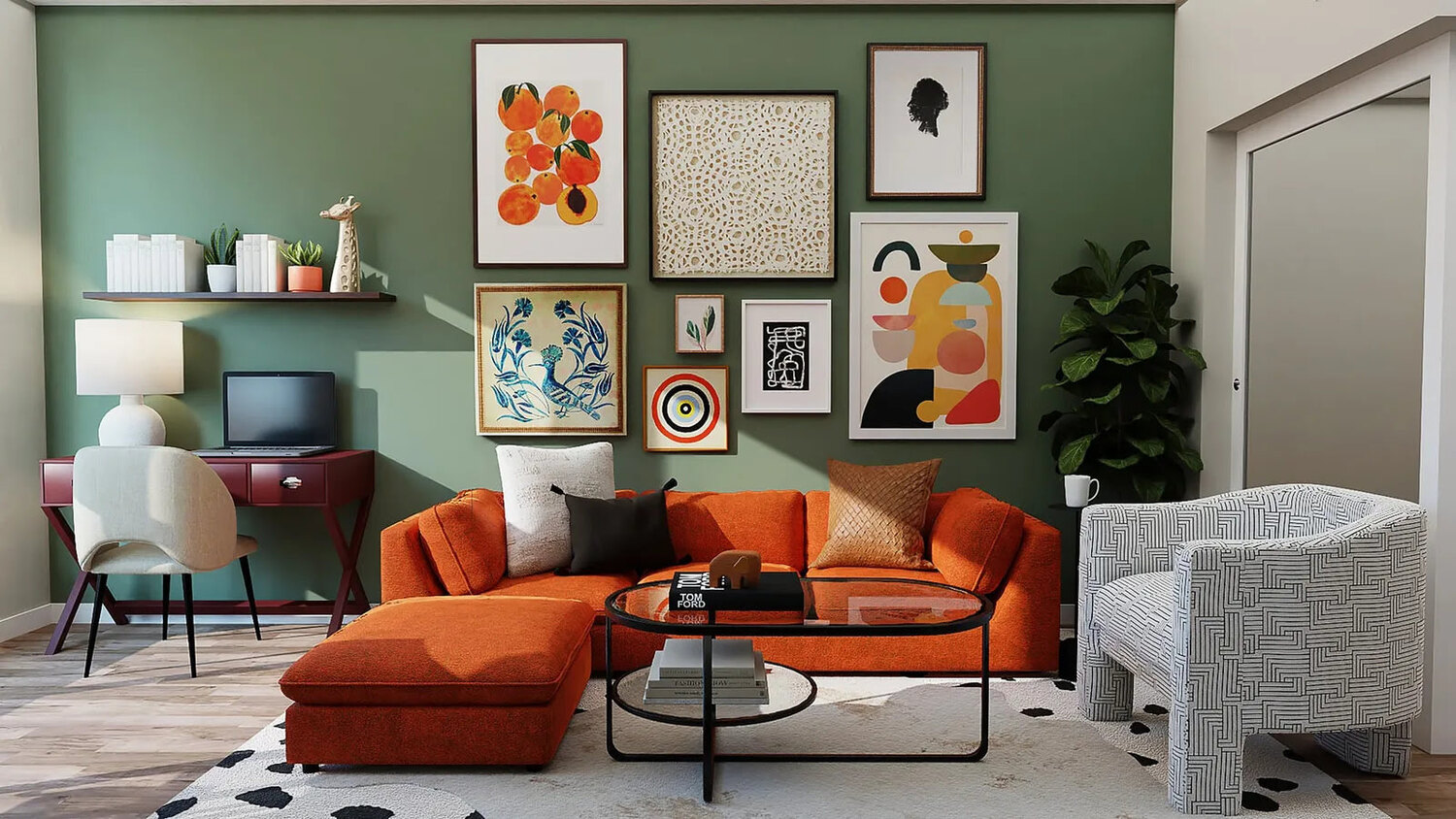
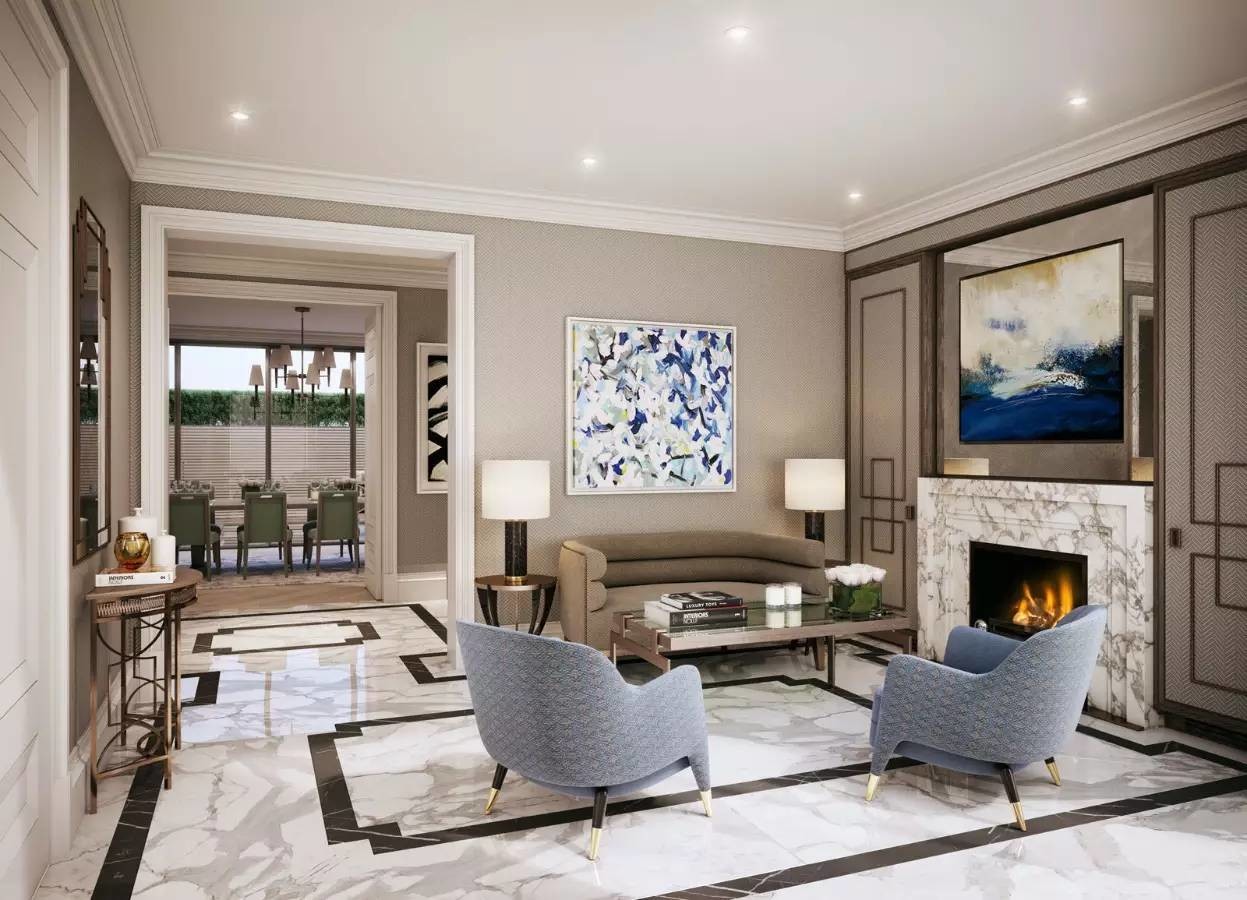
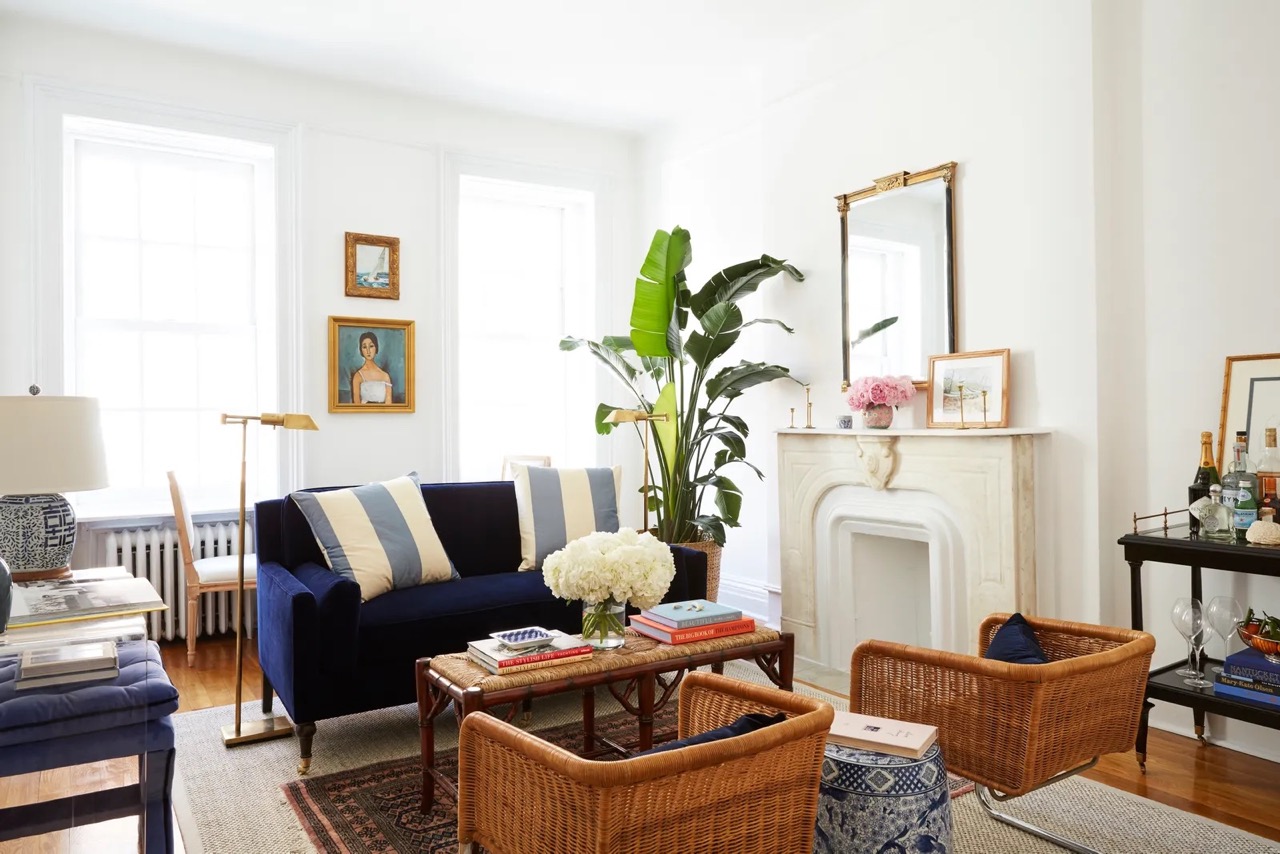
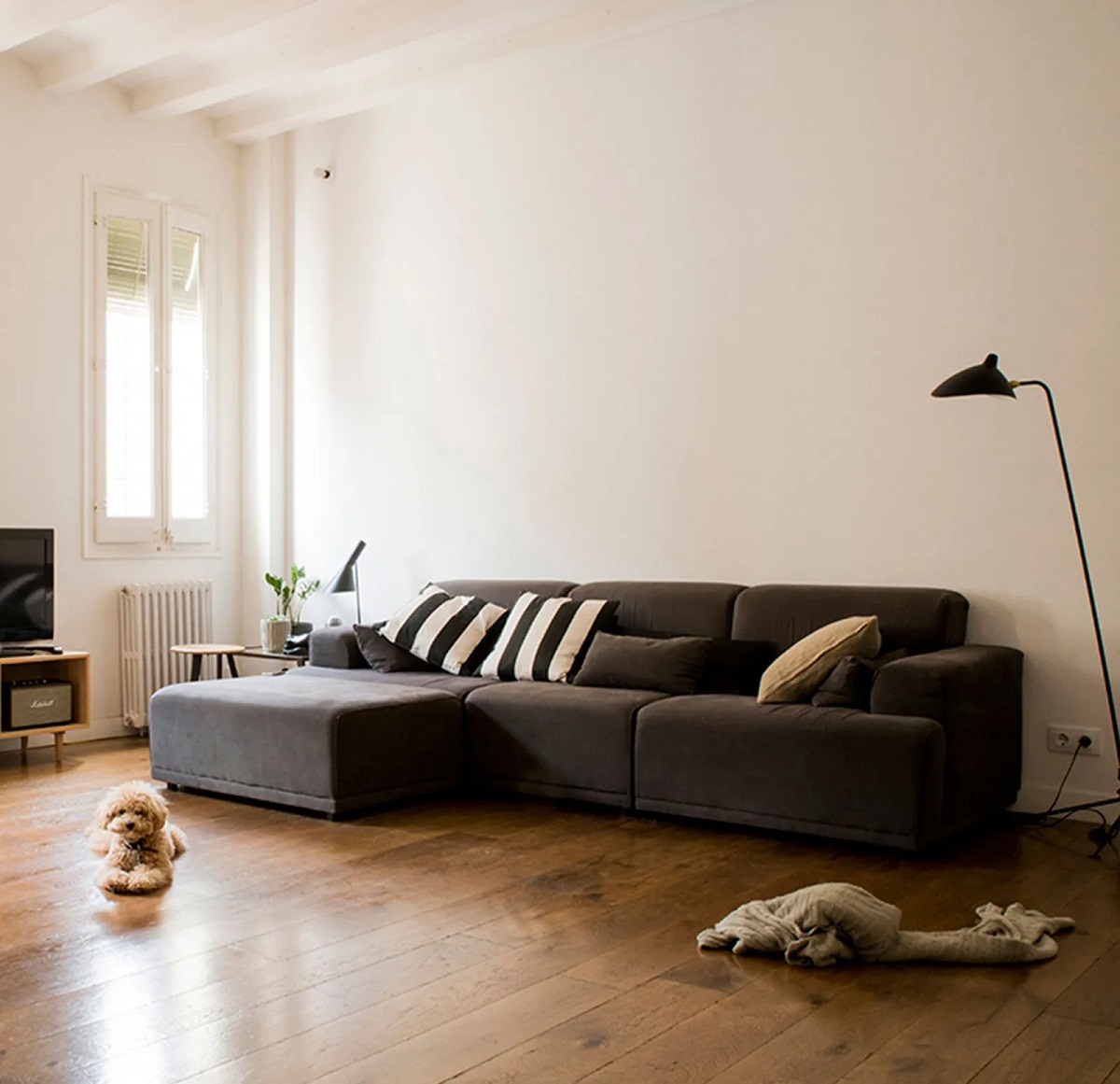
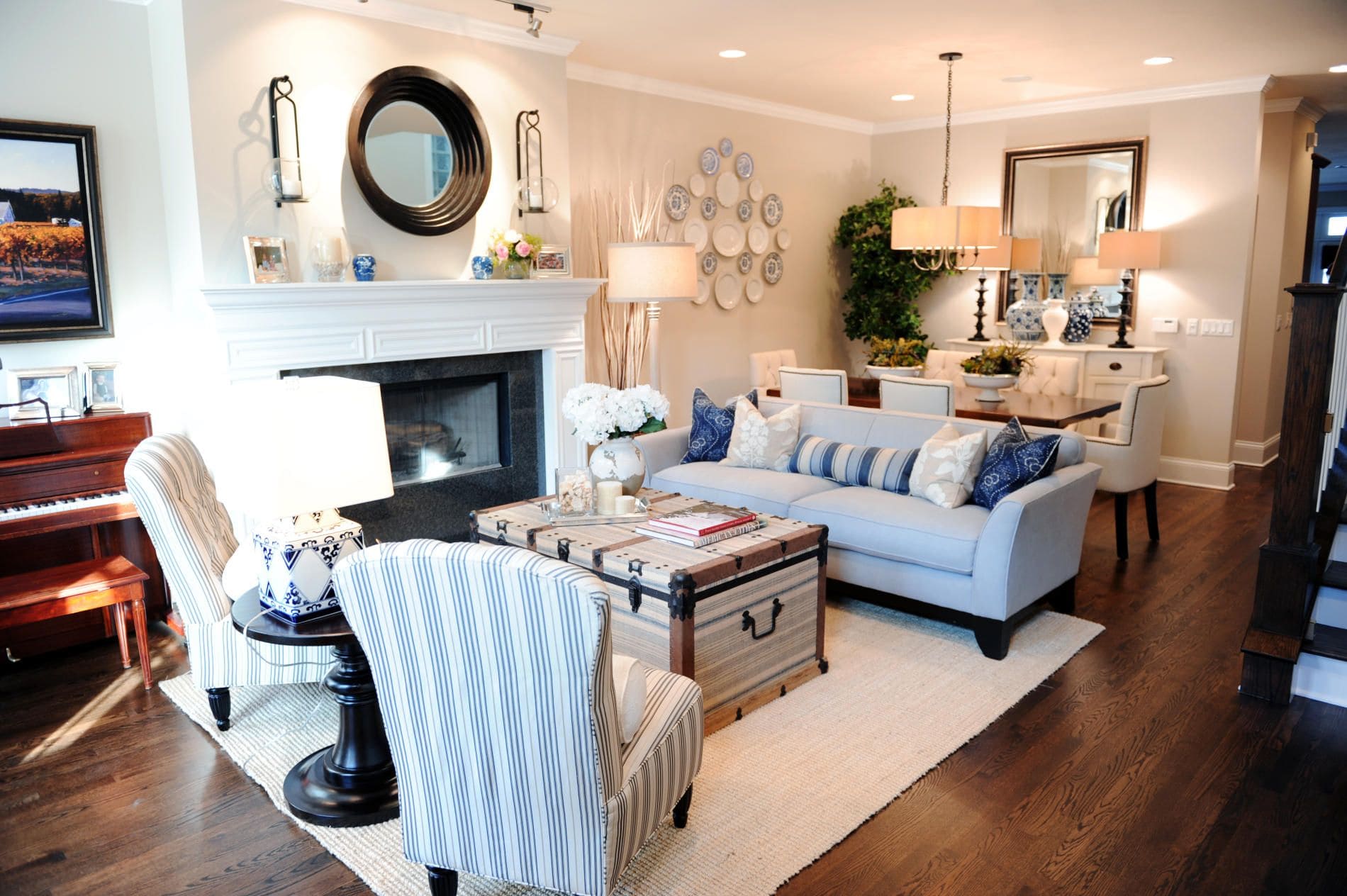
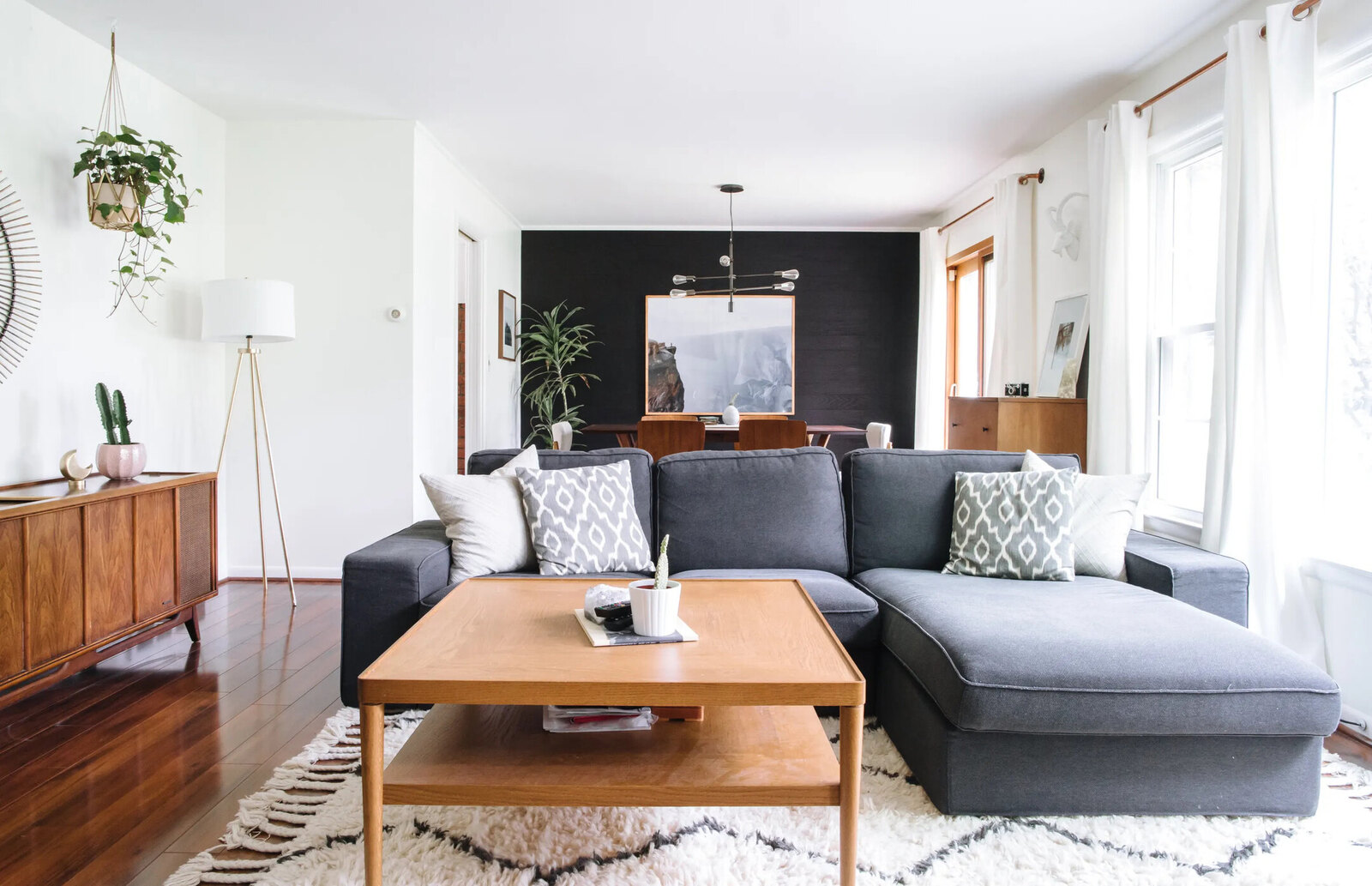
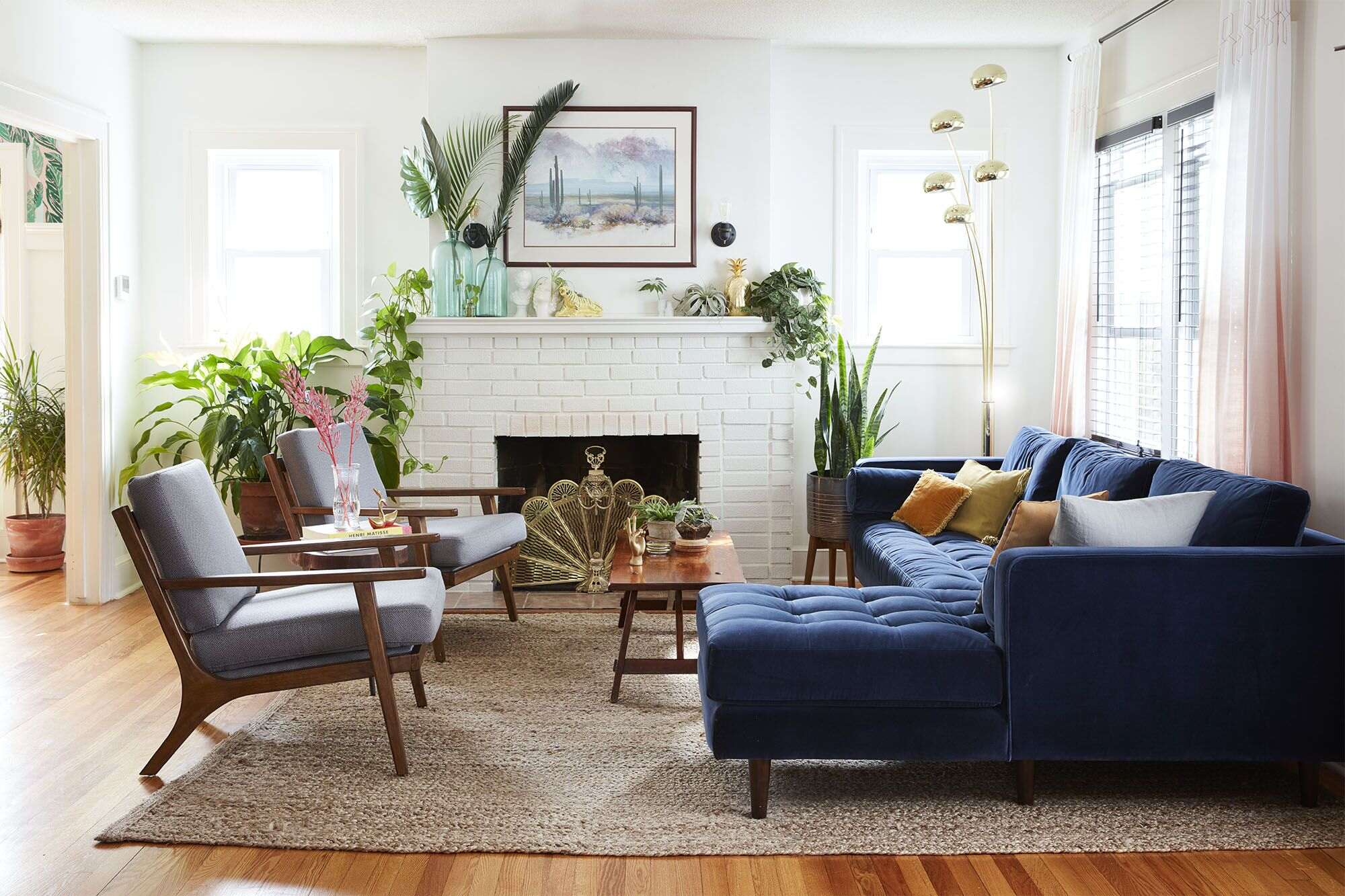
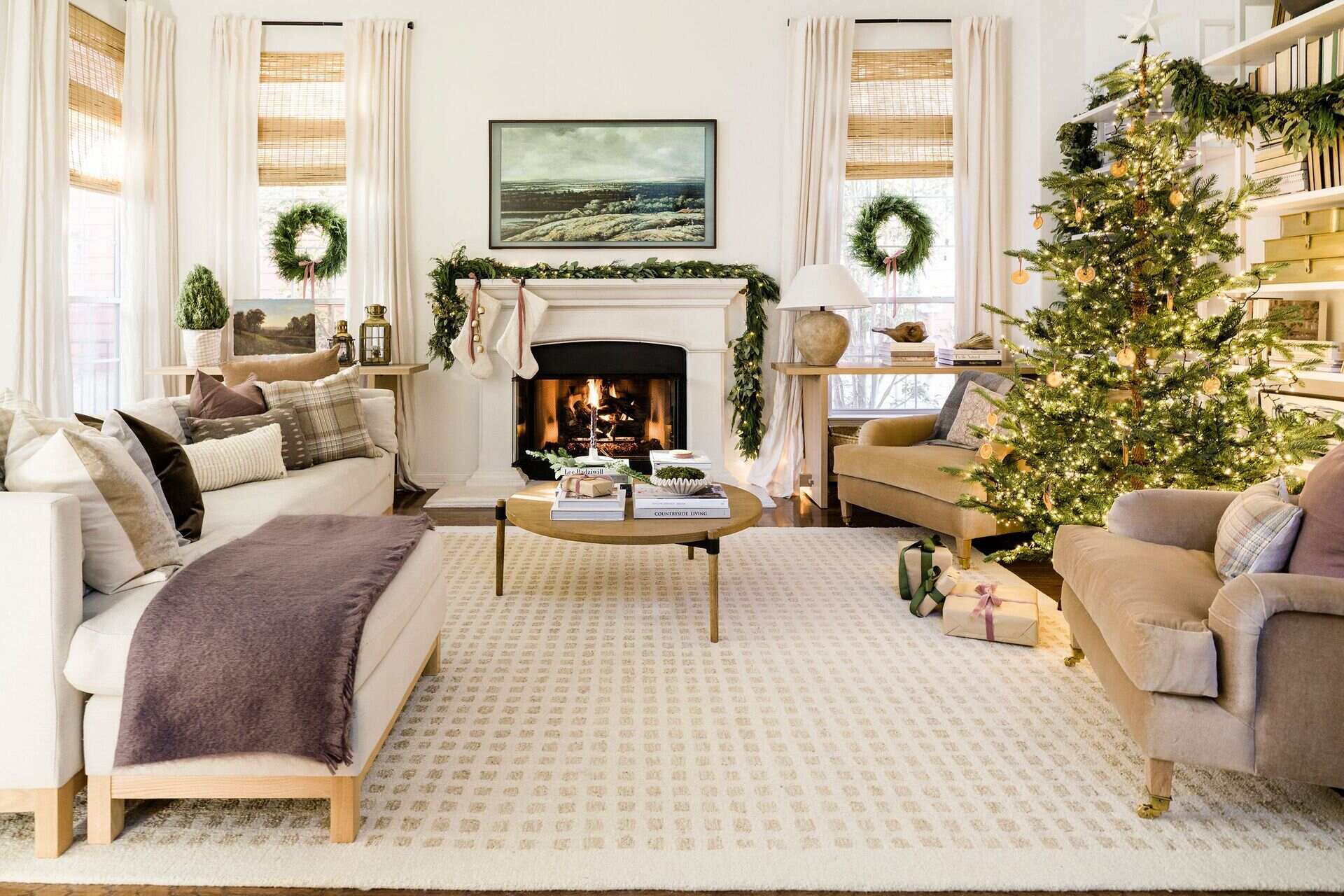
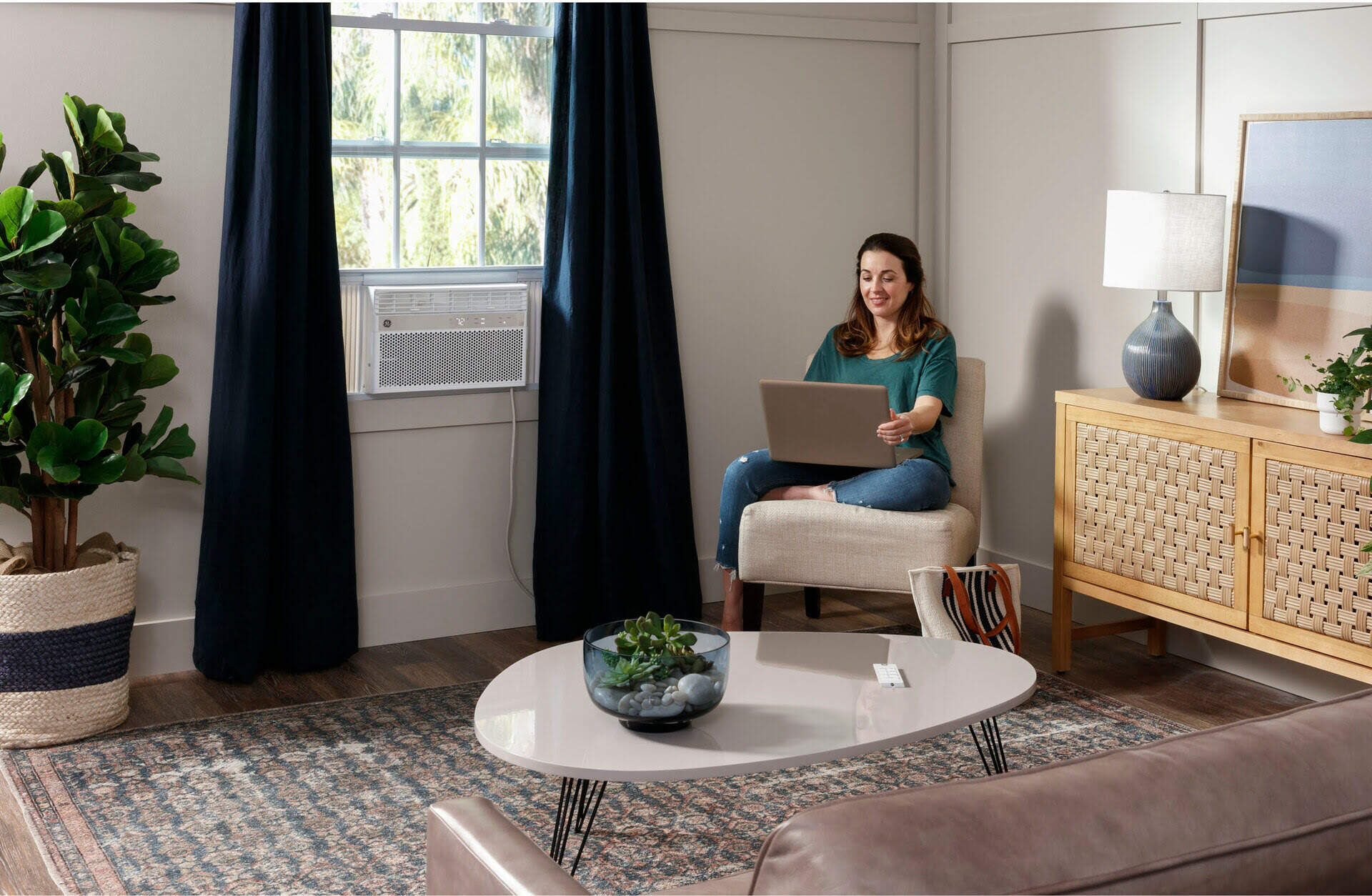
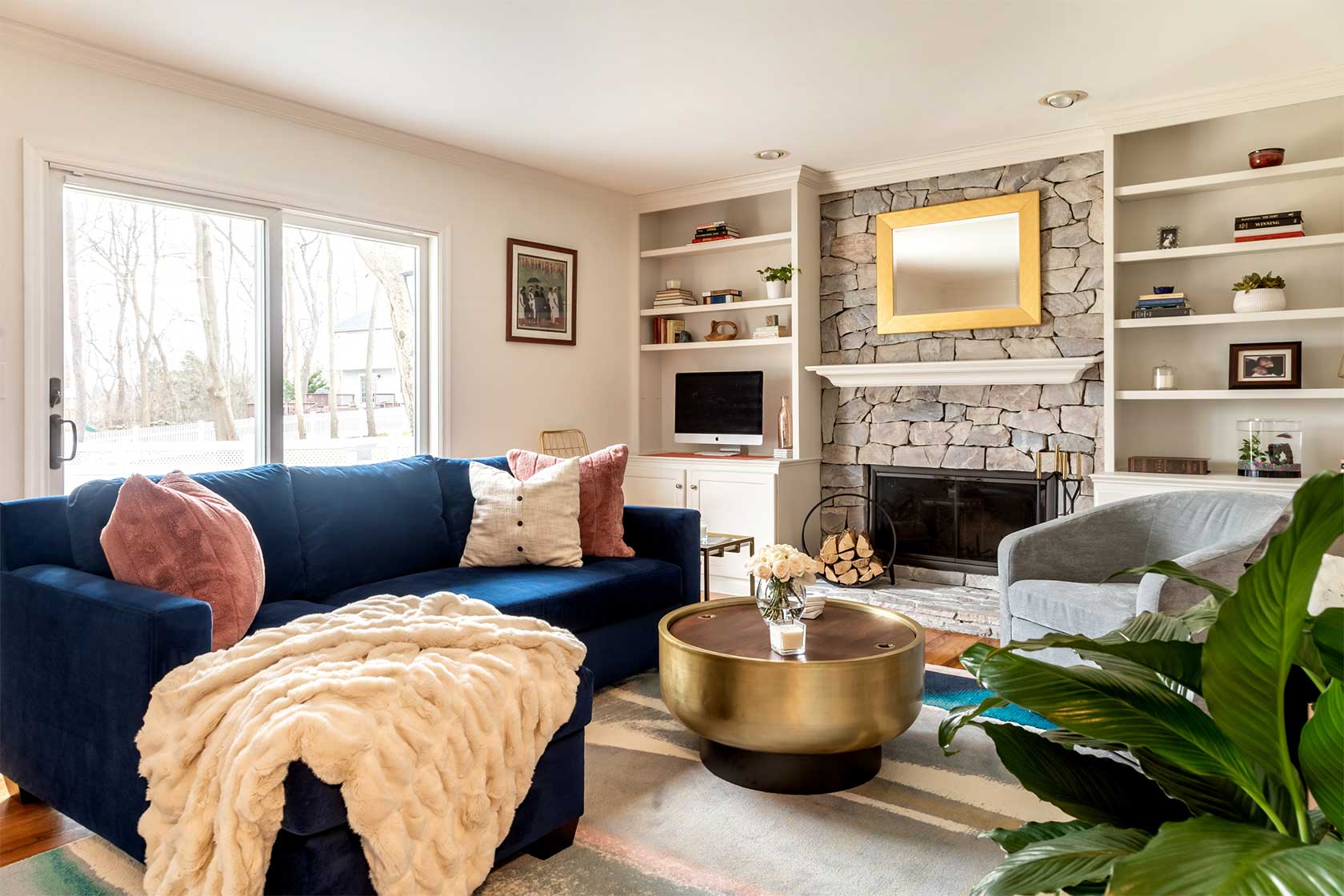

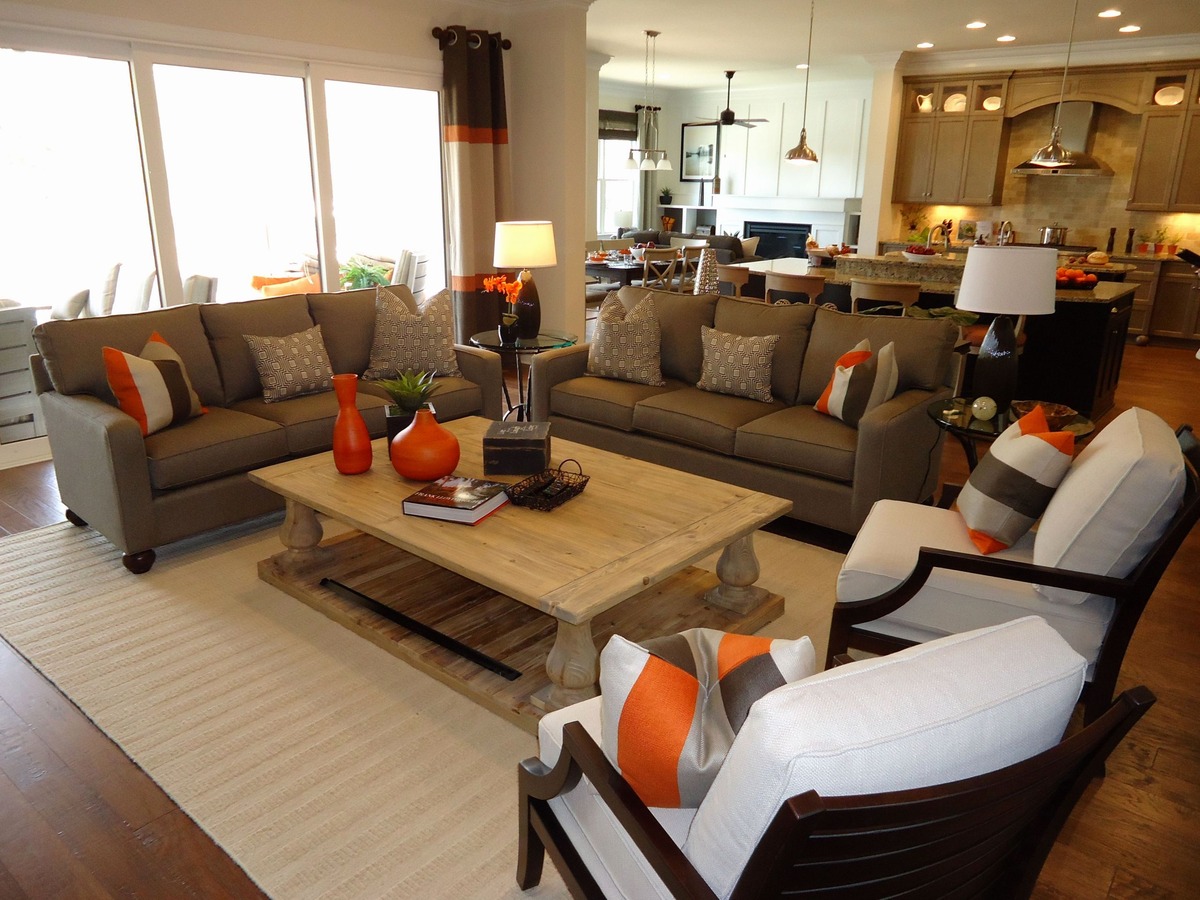

0 thoughts on “How To Layout Your Living Room”